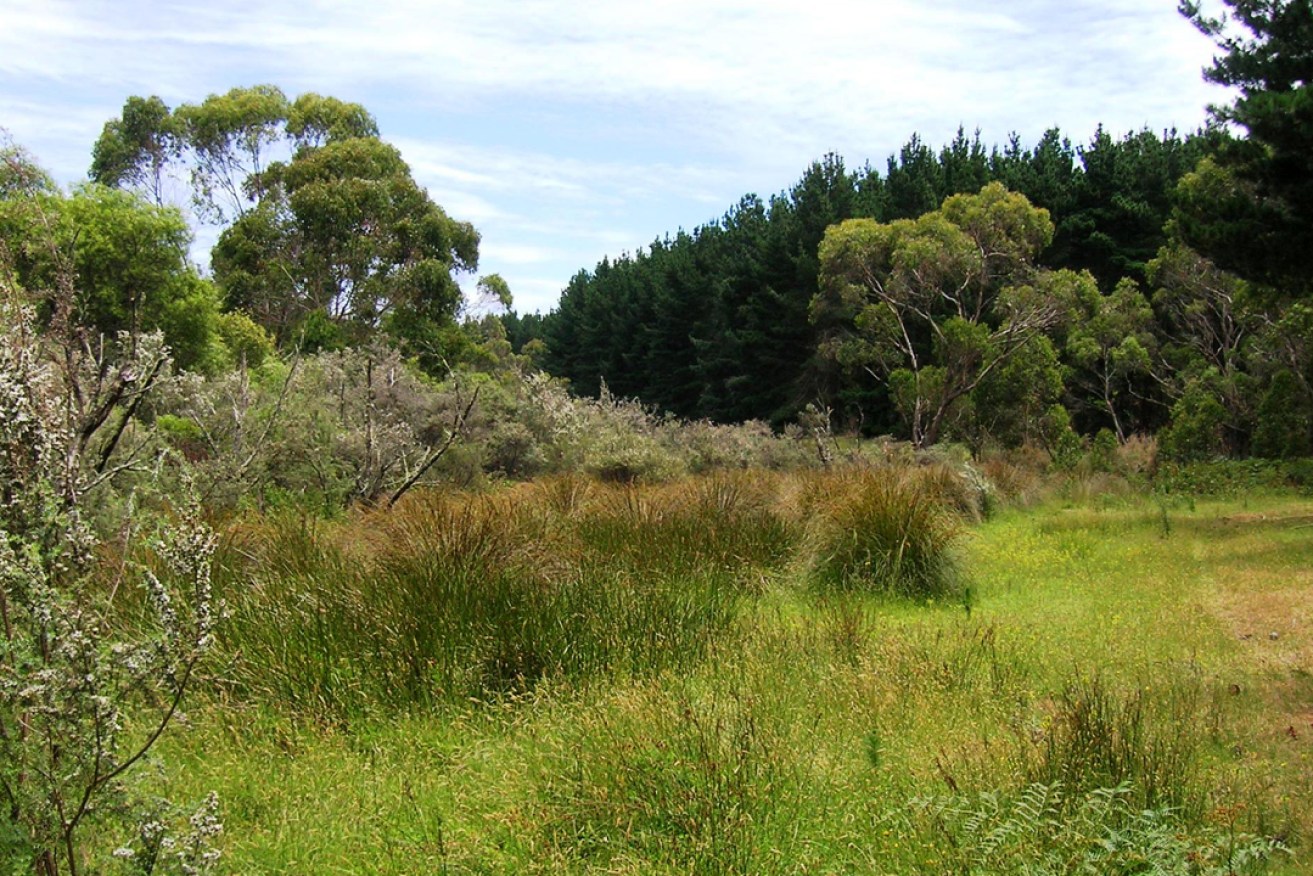
Fleurieu wetlands face high extinction risk
Not all wetlands are created equal, but even the smallest are vital when it comes to preserving fragile freshwater biodiversity, and a new case study from South Australia spells another warning.

Remnant wetlands on the Fleurieu Peninsula provide a critical habitat refuge for all native biodiversity, including rare terrestrial plants plus insects and birds such as the rare Mount Lofty Southern emu-wren.
Although high-profile Ramsar-listed and other declared wetlands are given government and community priority, the environmental story is quite different when comparing large wetlands to smaller areas, says Matthew Flinders Fellow in Global Ecology, Professor Corey Bradshaw.
“A highly intricate network of biodiversity is put at risk as more of these smaller or shallower wetlands decline and make way for more farmland, development or housing estates,” says Professor Bradshaw, reflecting on a new scientific paper in Biological Conservation.
“These are very rich in biodiversity, so the loss of small, isolated wetlands presents the highest extinction risk. This is particularly so in cleared landscapes, where wetlands can provide important refuges for all native biodiversity otherwise rare in the landscape. Often, this includes terrestrial species of plants and animals.”
The new paper ‘Future extinction risk of wetland plants is higher from individual patch loss than total area reduction’ looks at wetland plant diversity change and loss of regionally endemic species – including rare terrestrial plants – from the swamps or wetlands of the Fleurieu Peninsula, south of Adelaide in SA.
Most of these water resources are privately owned, with landholders working closely with Natural Resources Management boards and community groups in their protection and restoration, says David Deane, the lead author of the paper.
However, estimating the risk of extinction due to habitat loss is an increasingly urgent task for the design and implementation of effective conservation interventions, he says.
“Considered a threatened ecological community under Australia’s Environment Protection and Biodiversity Conservation Act (EPBC 1999), the plants and animals of these local wetlands or ‘swamps’ of the Fleurieu are listed as Critically Endandered,” says Mr Deane, who conducted the research at the University of Adelaide and is now a PhD candidate at the University of Alberta under fellow co-author, Professor Fangliang He, Canada Research Chair in Biodiversity and Landscape Modelling.
“It’s a delicate balancing act managing these water and land resources, with management outcomes depending on developing good relationships between landholders, and other stakeholders.”
“Among the ramifications of hotter, drier conditions under climate change is the potential loss of many small wetlands, undermining such efforts at conservation. Along with them would disappear a considerable share of the region’s biodiversity,” he says.
While the smallest wetlands are also the most threatened by reduced water availability in a drying climate, Mr Deane says the research shows preferential loss of these smallest wetlands represents a worst-case situation for the regional biodiversity supported across all wetlands.
“In cleared landscapes, remnant wetlands provide a critical habitat refuge for all native biodiversity, including rare terrestrial plants, birds and insects, et cetera. This is a poorly recognised aspect of biodiversity conservation in modified landscapes in my view.”
Future extinction risk of wetland plants is higher from individual patch loss than total area reduction David C. Deane, Damien A. Fordham, Fangliang He and Corey J. A. 2017 Biological Conversation Vol 209, pp 27-33.
Diversity patterns of seasonal wetland plant communities mainly driven by rare terrestrial species D Deane, D Fordham, F He and C Bradshaw 2016 Biodiversity and Conservation Vol 25, Issue 8, pp 1569-1585.
For new blogs and further information follow Professor Corey Bradshaw at ConservationBytes.com and on Twitter and Facebook.




